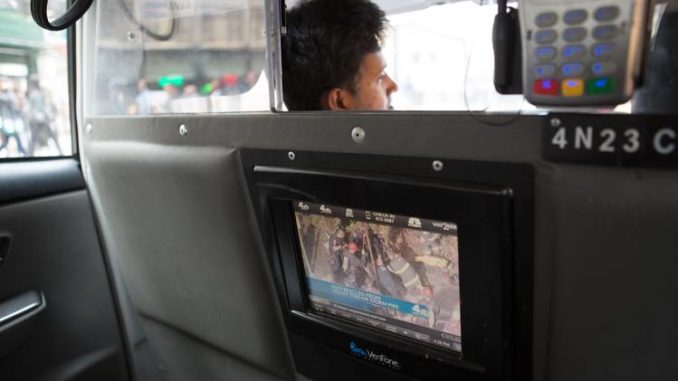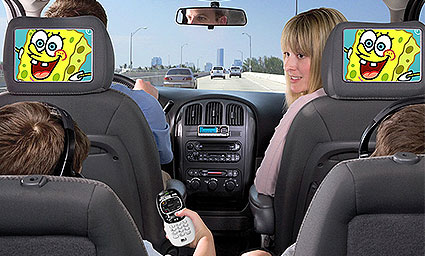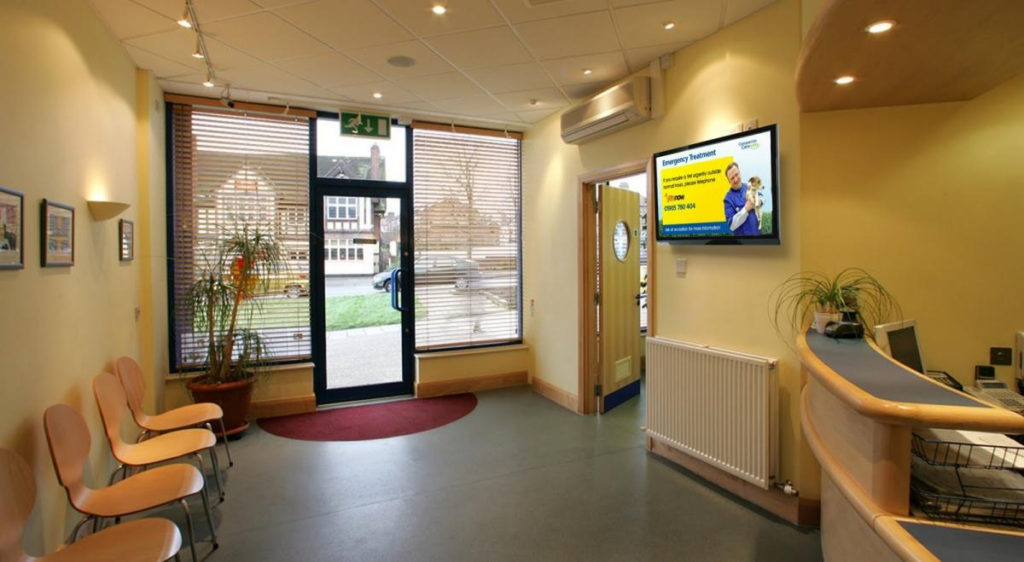
If you jump into the back of a cab in New York City, chances are you’ll have a small television screen back there showing you ads and paid content. This technology was rolled out in traditional taxicabs in major cities at least ten years ago. So why aren’t they in the back of Uber and Lyft vehicles yet?
Rideshare drivers are self-starters who embrace technology. Their whole business is tethered to their customers by an app on their personal mobile phones. The majority of these drivers have multiple apps on their phones and operate across numerous ride-hailing services. They’re technologically savvy, and many of them are early adopters of new software and tech.
A fully tricked-out Kindle Fire HD with a 10″ screen costs less than $200. What Uber driver wouldn’t pick one up, or use one they already own, to make even more money for every passenger they service? Even if they only made 25 cents extra per ride, a driver could easily pay for a new Kindle Fire, plus all of the equipment to harness it to the back of her seat, in two months. A full-time driver, or an exceptionally-motivated one, could pay it off even sooner.

Even better, many SUVs and minivans already have internal televisions built into the backs of the front seats, or installed as drop-down options from the roof. Likewise, most cars now have their own wireless Internet connections which allow wifi access for passengers. Whether a driver already has a screen, or multiple screens, installed in her car, or whether she adds them by installing a tablet or versatile e-reader aftermarket, the bones to create an entire television network are there.
All that’s missing is the provider to create the apps and broadcast some content across them.
But why stop with cars?

If you create a tablet television network, you could extend it immediately almost everywhere. Got a small bodega with a lot of foot traffic? Prop your Kindle next to your cash register. Run a small medical office but can’t afford the obnoxiously expensive Comcast business subscription? Mount your Dragon Touch x10 on the wall or better yet, attach a large, cheap flatscreen TV to it through the Dragon’s HDMI port and you’ll have a much better experience than Comcast offers now. You can get a 43″ smart TV at Best Buy for $180 bucks! Again, even if it only brings in 25 cents an hour, it will pay itself off in a few months.
Perhaps most importantly: once you create a tablet television / advertising network, even if you don’t develop any original content, by being first to market (or maybe best in market) you’re definitely going to get offers from the bigger advertising networks to sell out. Creating an easy-to-use app that only plays already-made content is so inexpensive to make, odds are some MIT undergrad is already working on one. Getting businesses to spend advertising dollars on your network is easy for any agency account executive, and a no-brainer for marketing executives. And after even slight success, getting a nine-figure offer to offload the thing? Boat drinks.
All you have to do is create a simple app that any Uber driver can use, that plays content in their cars, and you’ve dug a gold mine.
So why isn’t anybody doing it?
If you’ve got the money, and don’t know where to start, call me. I’d love to make tens of millions of dollars helping you make a few hundred million.
Be the first to comment